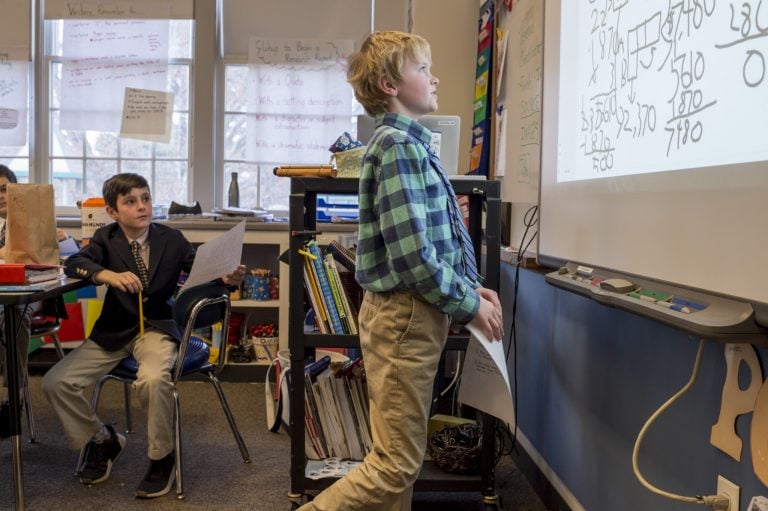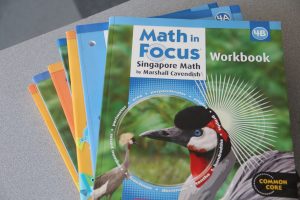American math test scores have been a topic of debate for more than a decade, and the data is nothing short of disheartening. But schools are beginning to look toward successful international math programs, and there is hope that by rethinking the way we teach math, educators can increase national test scores and improve math skills.

What does the data tell us?
According to the National Assessment of Educational Progress (NAEP)—a national mathematics assessment at grades 4 and 8 that measures students’ knowledge and their ability to solve problems in mathematical and real-world contexts—student achievement, particularly in math, has stagnated over the last decade.
Administered twice in the last five years, NAEP results show that fourth and eighth grade math scores dipped in 2015 and did not bounce back with the latest 2017 test. In math, the skills of 40 percent of fourth graders and 33 percent of eighth graders remain well below “proficient.”
Furthermore, a number of international tests, including the Program for International Student Assessment (PISA), reveal that student achievement in the United States lags significantly behind a number of other developed countries.
Singapore Math at Fessenden 
Several years ago, Fessenden adopted a new math curriculum called Math in Focus. Based on the national math system of Singapore—a country that consistently produces some of the highest math test scores in the world, it follows a concrete > pictorial > abstract approach to learning. What exactly does this mean? Since the 1980s, schools in Singapore have taken an innovative approach to teaching elementary school math — they place a focus on problem solving with pictures and diagrams. It also thoughtfully incorporates the use of technology and manipulatives, and the goal is to bring a heightened level of engagement for all types of learners.
Math in Focus was specifically selected at Fessenden because it marries traditional elements with an emphasis on 21st century skills. According to Fessenden’s Singapore Math Coach Susan Smith, mental arithmetic is a fundamental mathematical activity. She notes, “From daily mental math exercises, children at Fessenden further develop number sense, estimation, and the numerical confidence needed for routine adult calculation tasks. Simultaneously, students strengthen their reasoning, clear communication, and collaboration skills.”
 One of the hallmarks of a Singapore Math curriculum is the focus on fewer topics but a greater emphasis on depth. Students don’t just learn how to reach an answer, they actually learn how the equation works. Jamie Ames, a fourth grade teacher at Fessenden, notes of the program, “Instead of going an inch deep and a mile long, we’re going an inch long and a mile deep.” He notes that students are working more collaboratively as a result of the new program and they are “mastering concepts rather than racing to find the right answer.”
One of the hallmarks of a Singapore Math curriculum is the focus on fewer topics but a greater emphasis on depth. Students don’t just learn how to reach an answer, they actually learn how the equation works. Jamie Ames, a fourth grade teacher at Fessenden, notes of the program, “Instead of going an inch deep and a mile long, we’re going an inch long and a mile deep.” He notes that students are working more collaboratively as a result of the new program and they are “mastering concepts rather than racing to find the right answer.”
You Tell Us
We often hear that parents no longer know how to help their children with their math homework. Tell us what you think about your child’s math curriculum. Does he or she excel in math?




